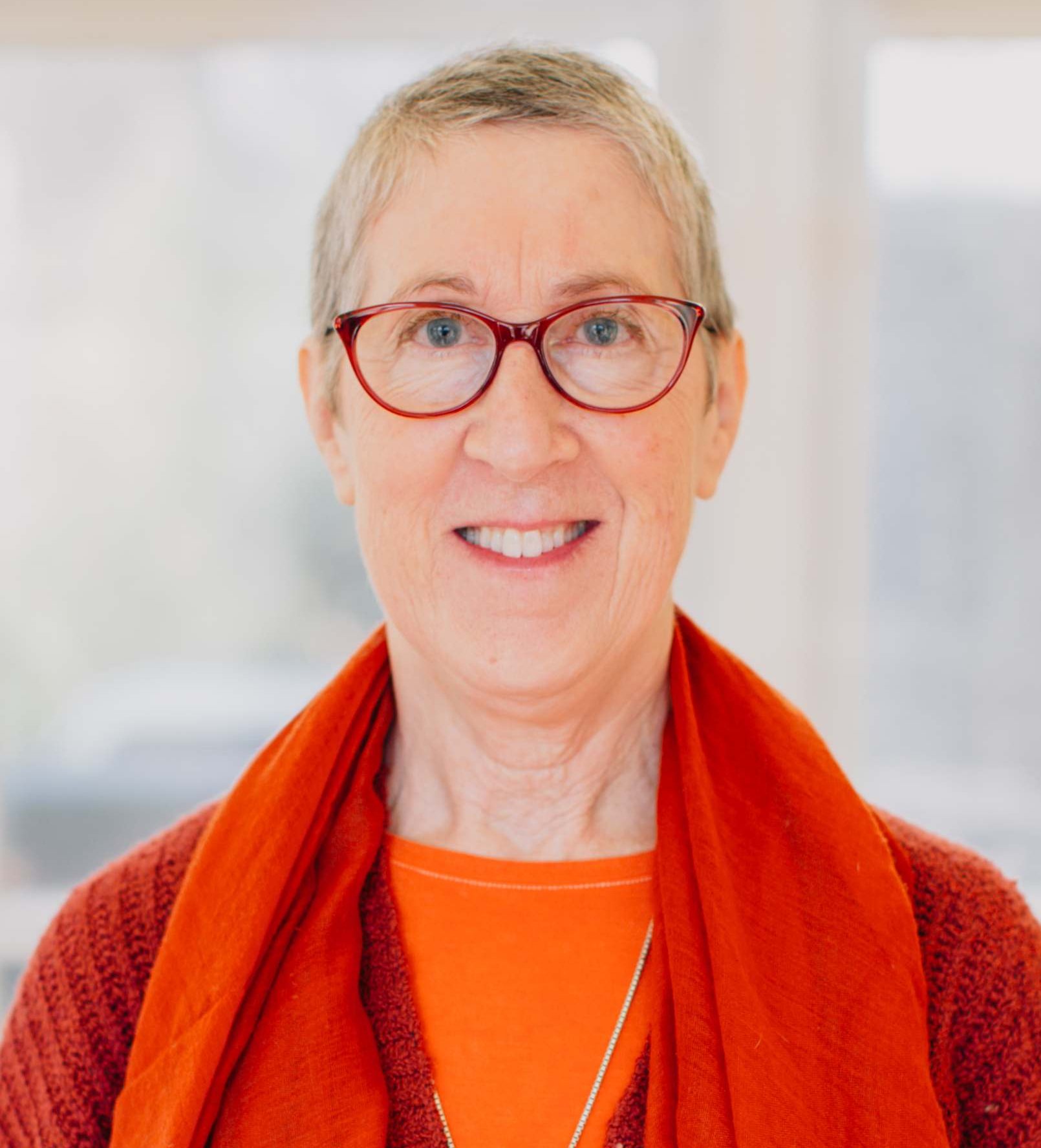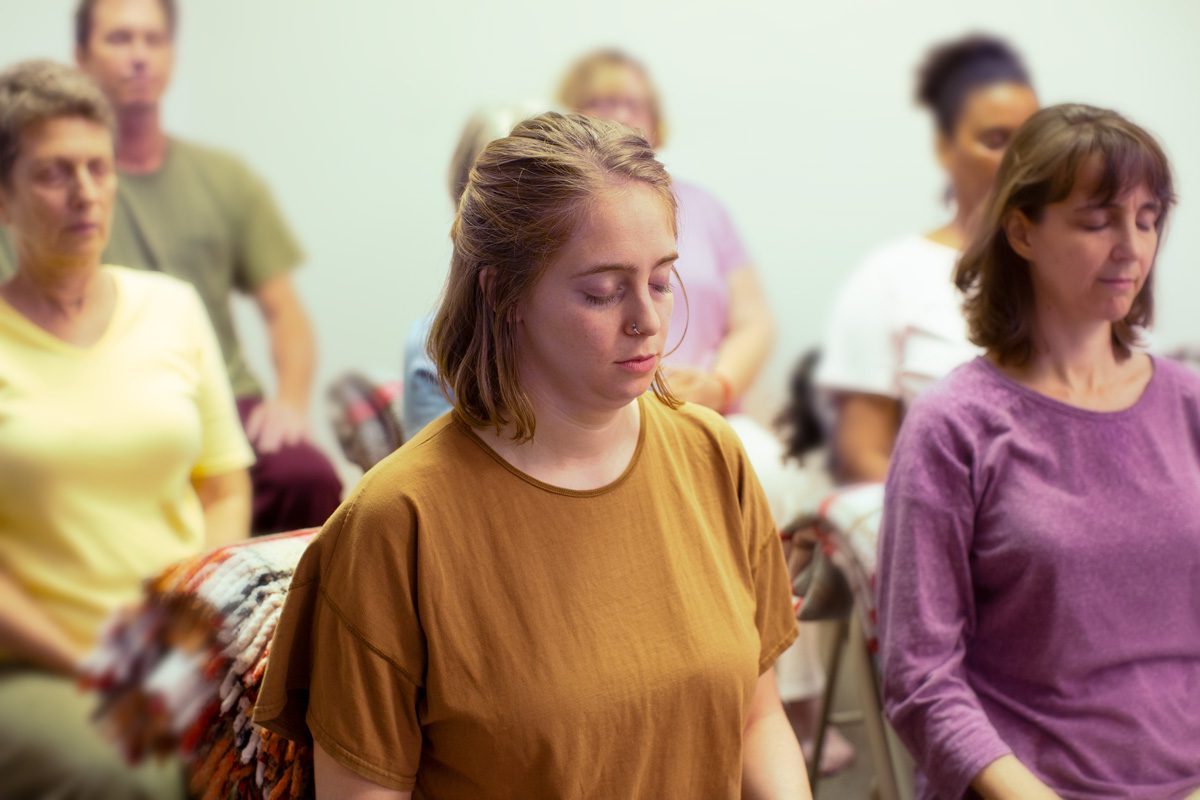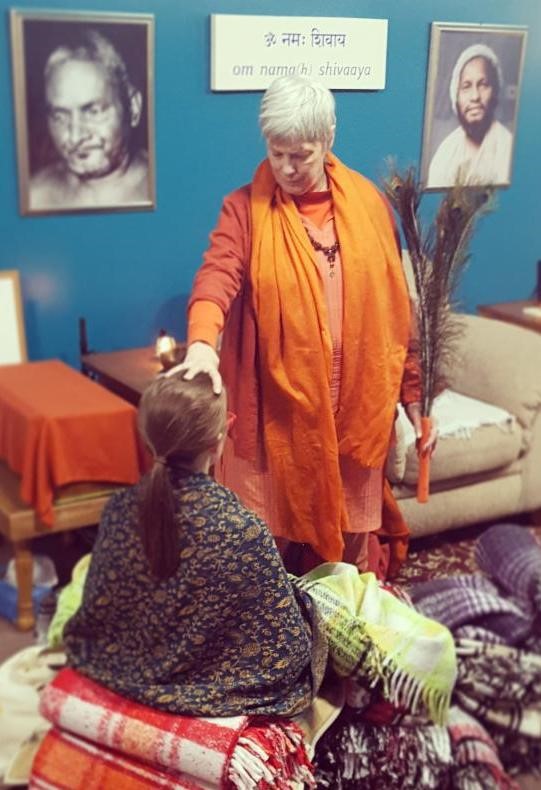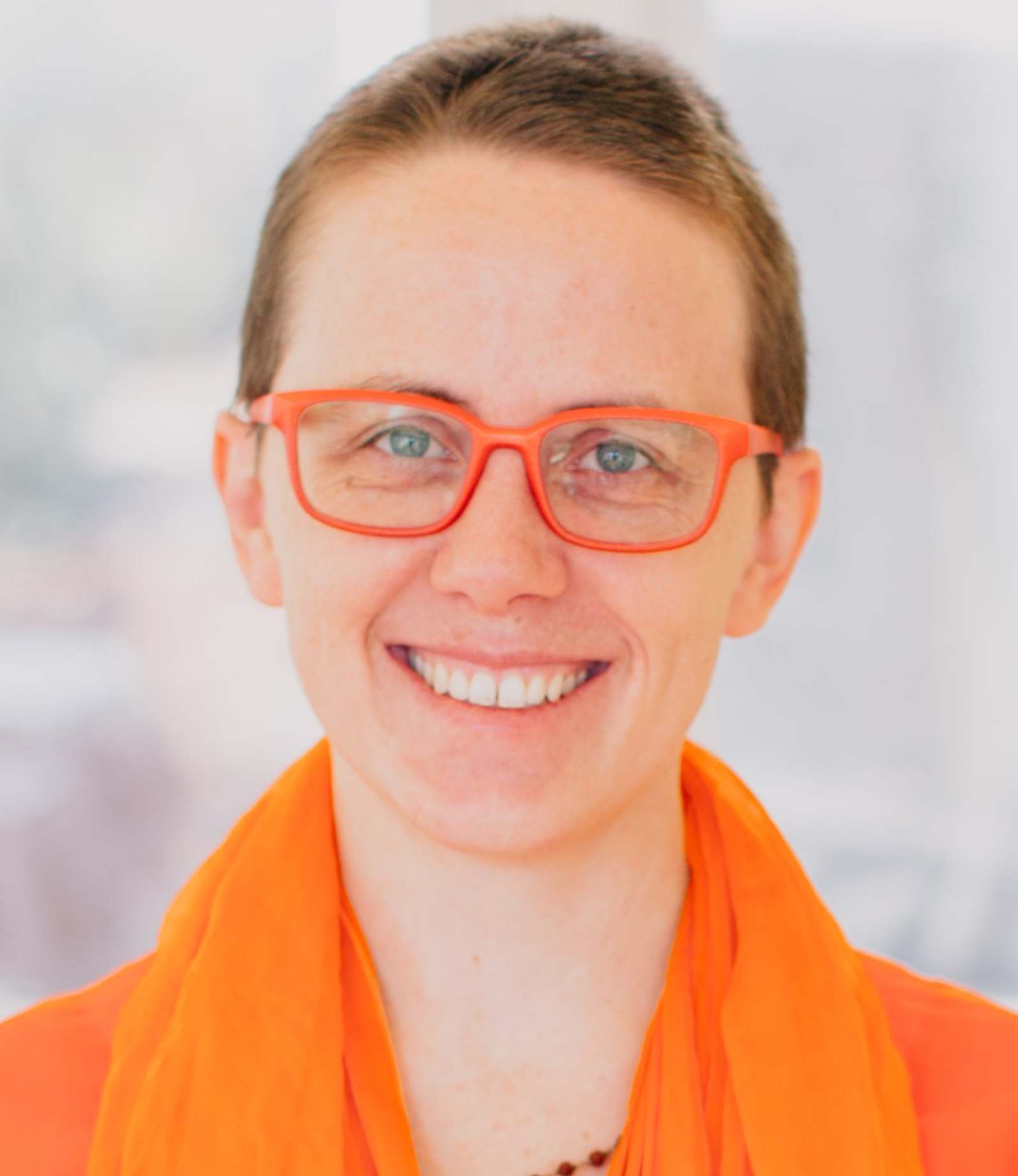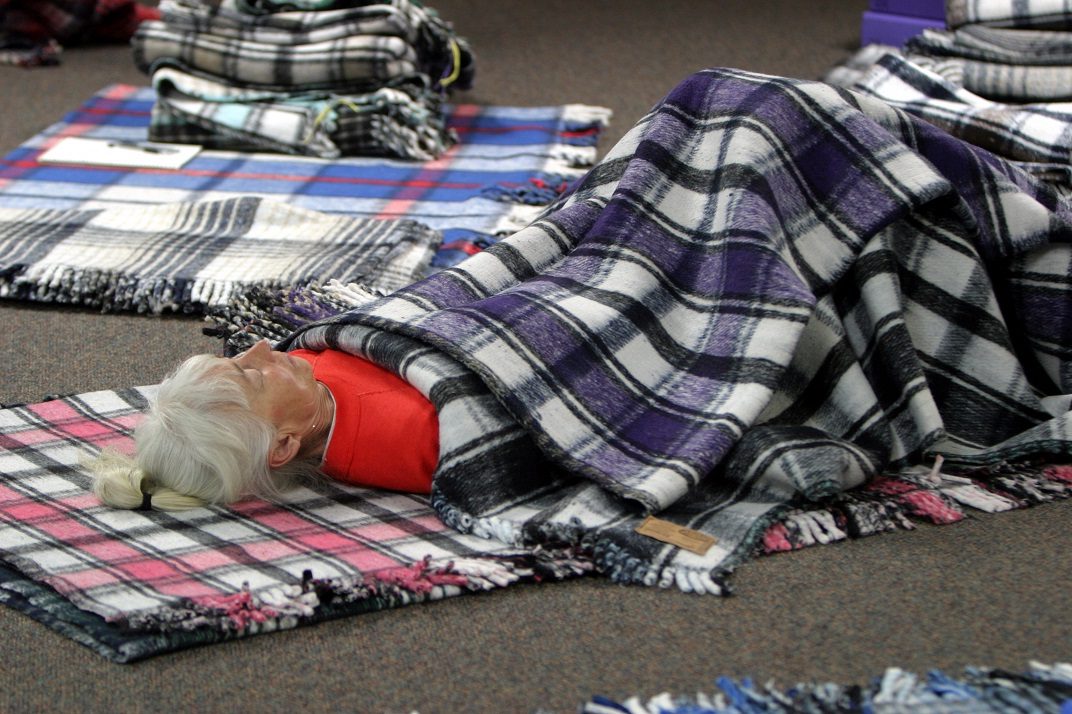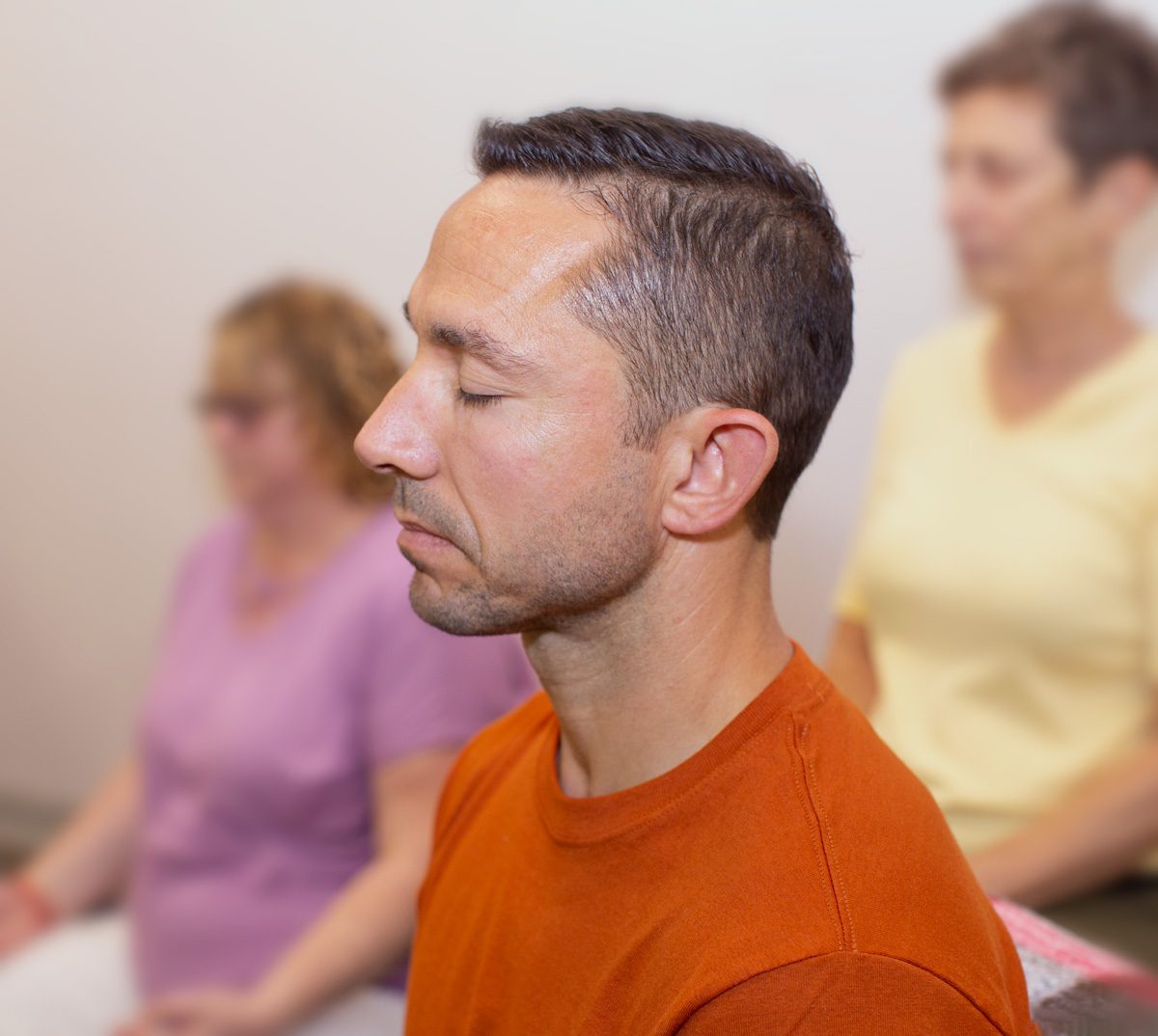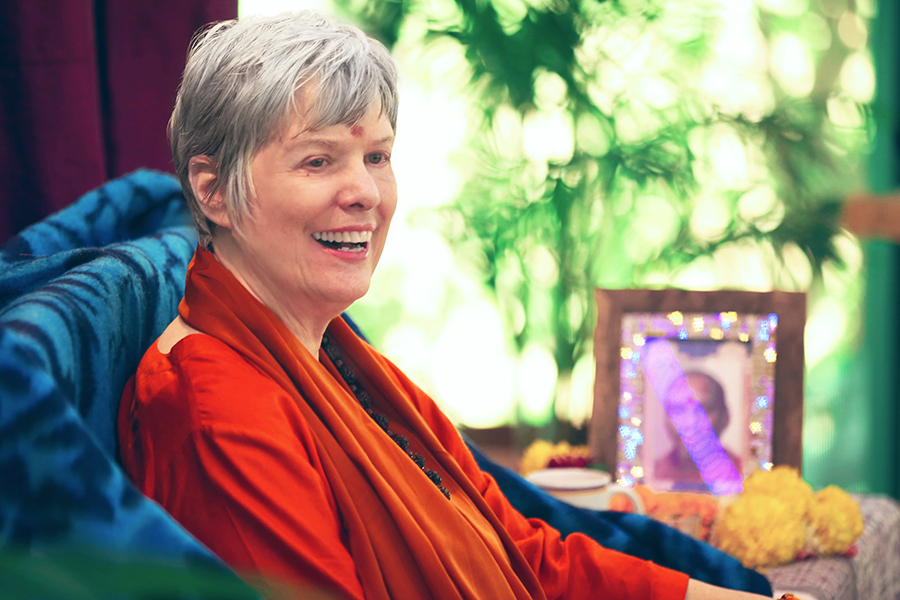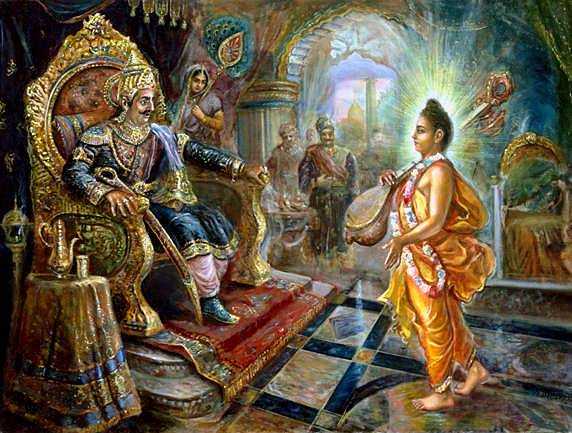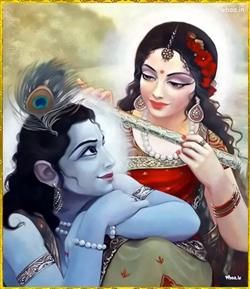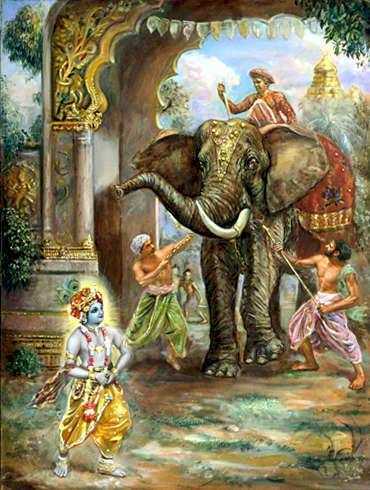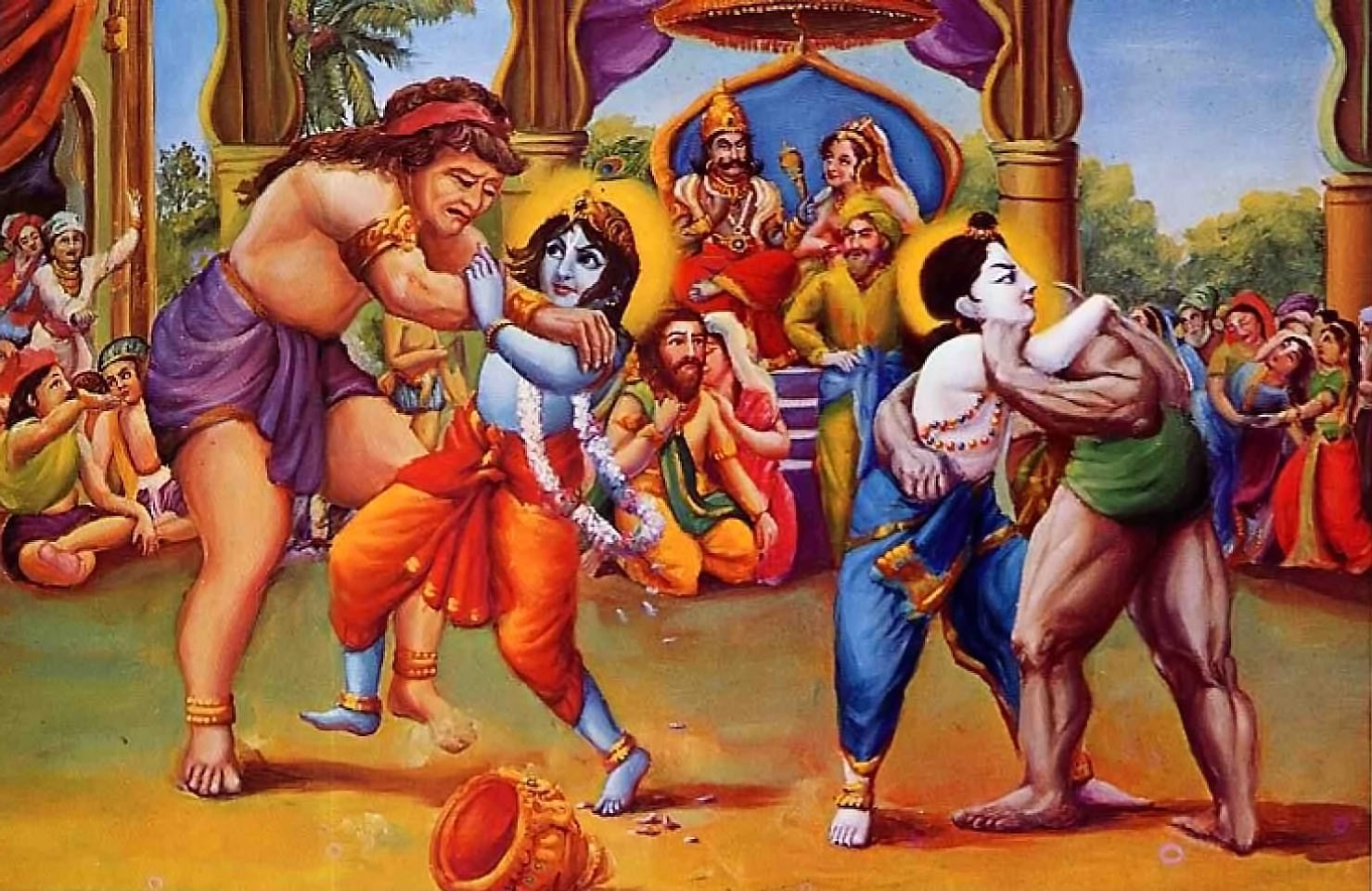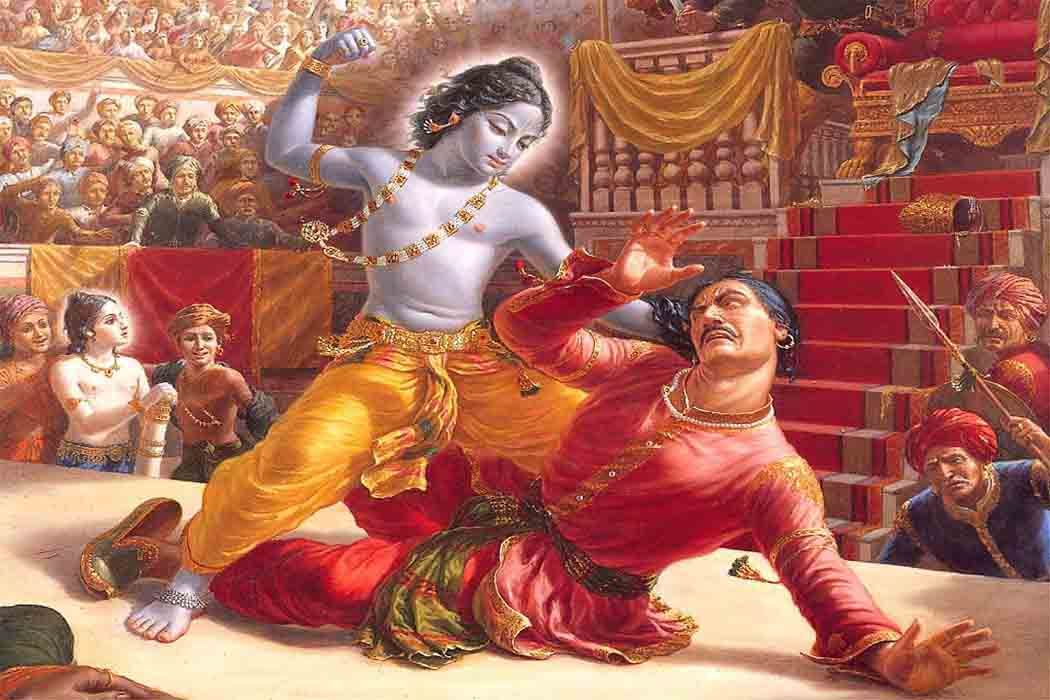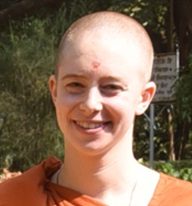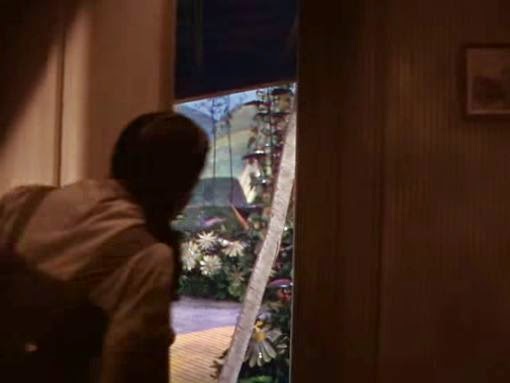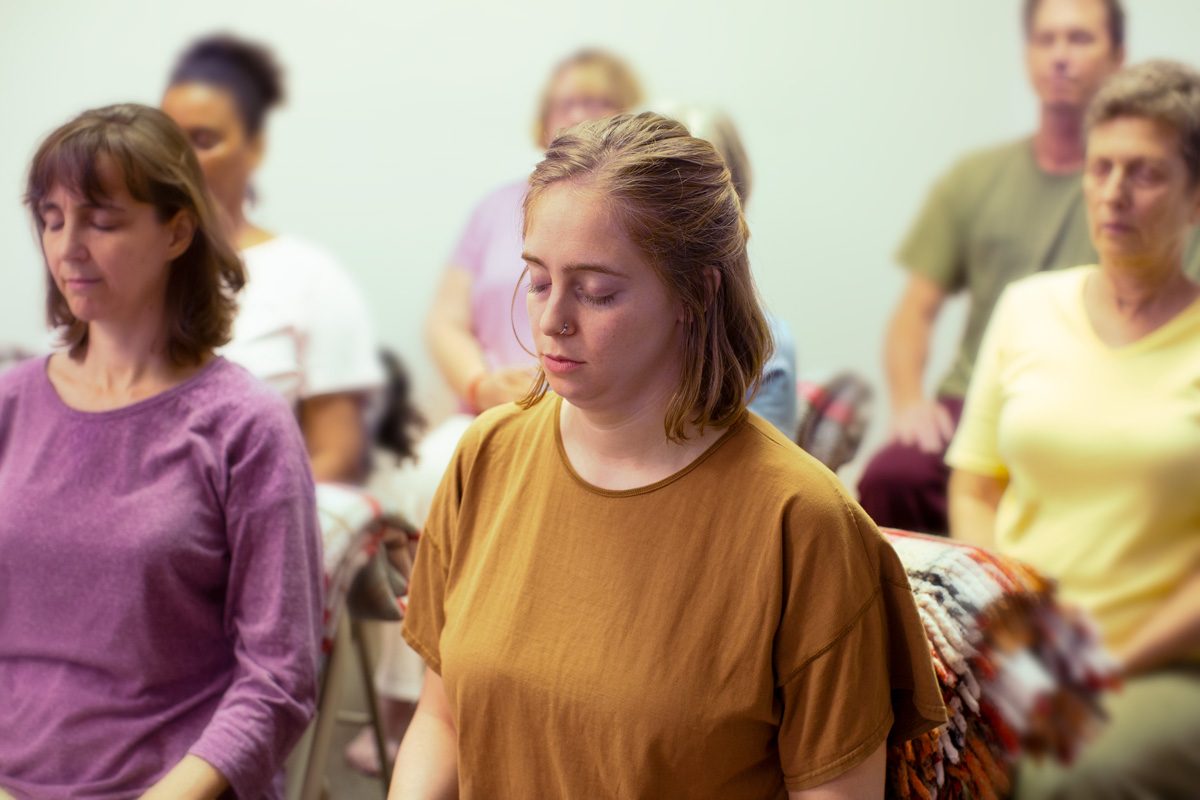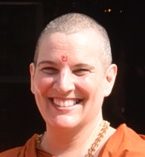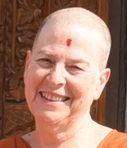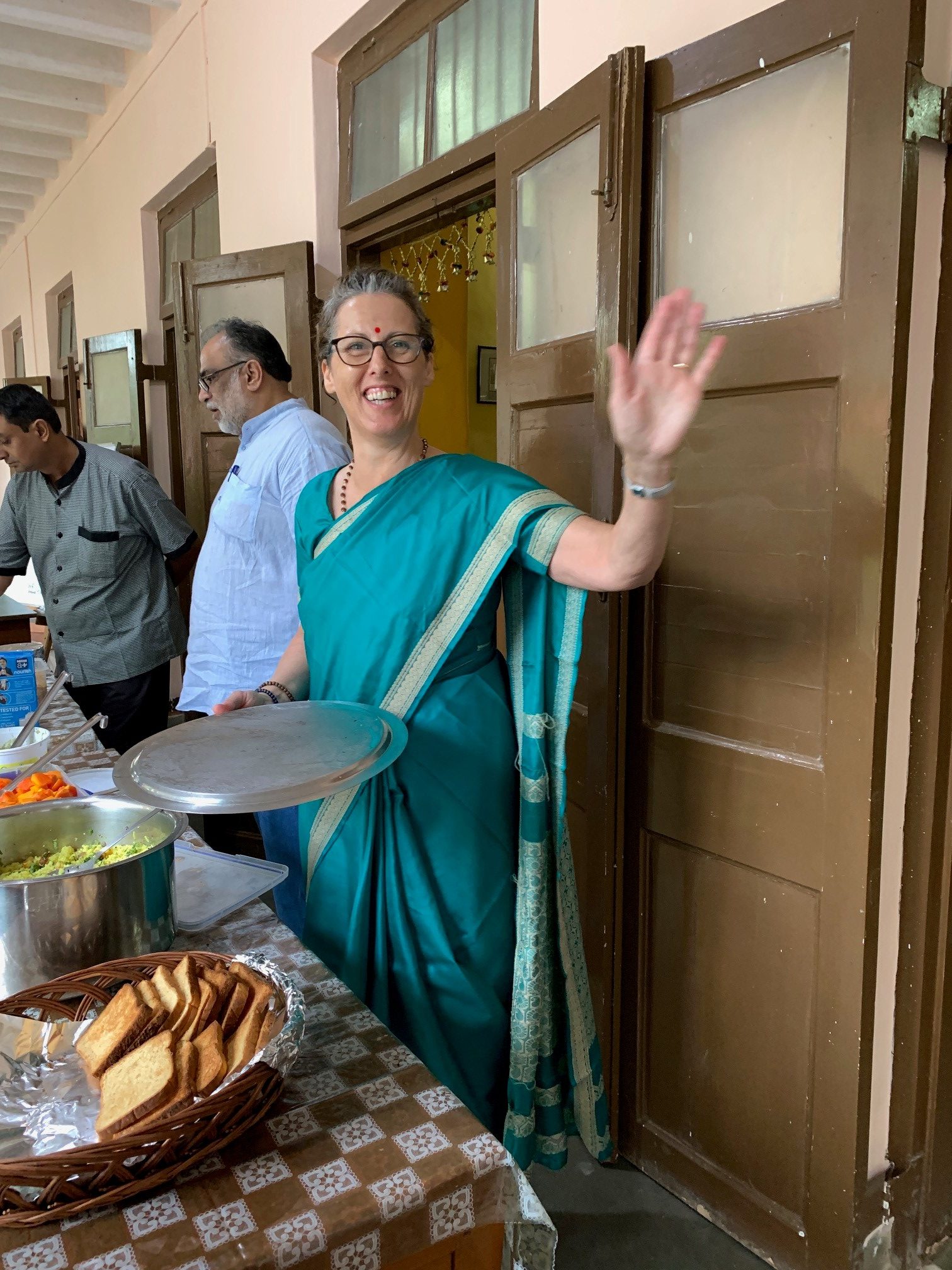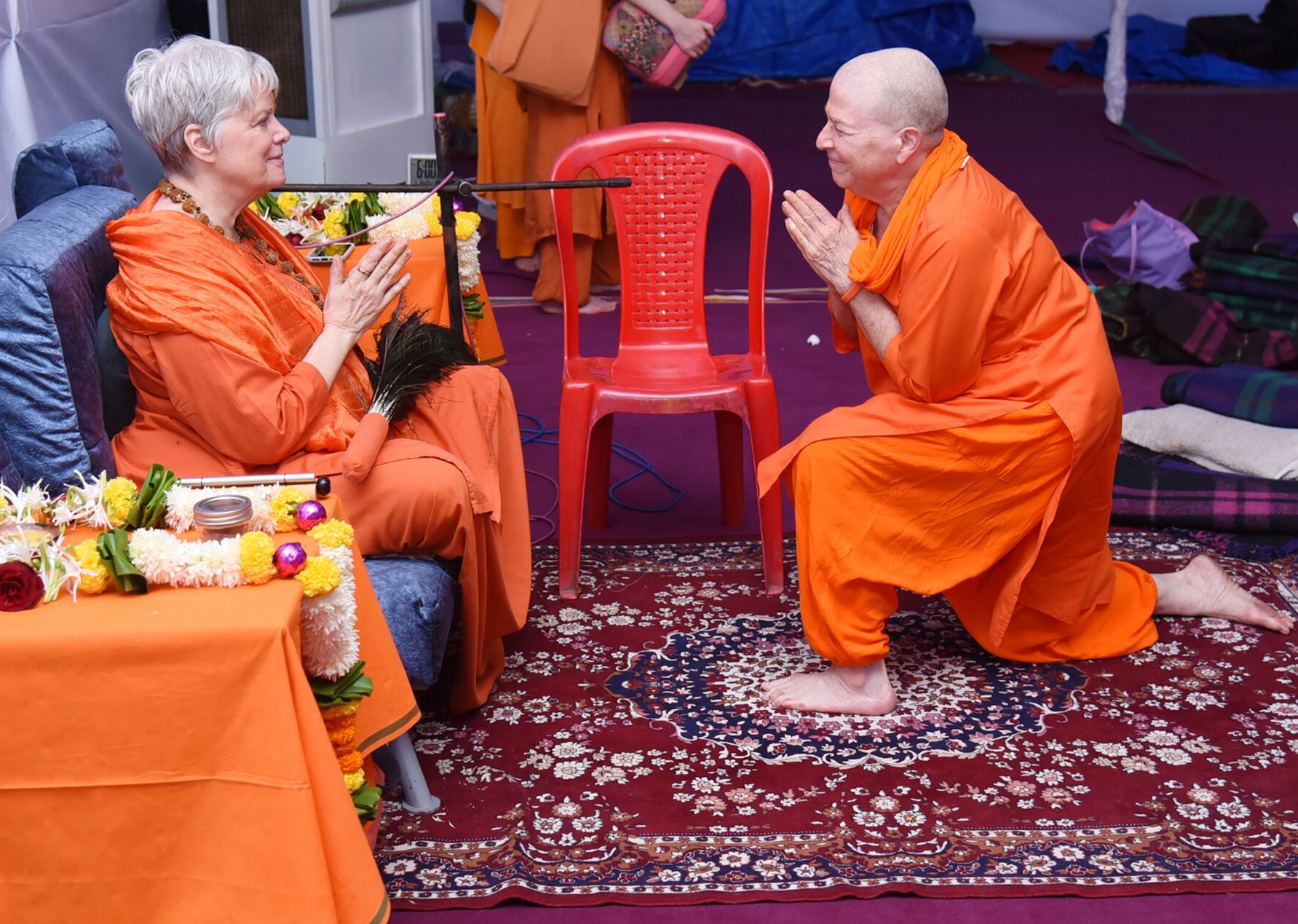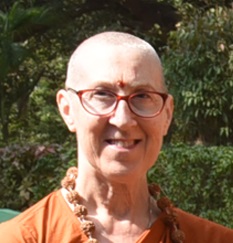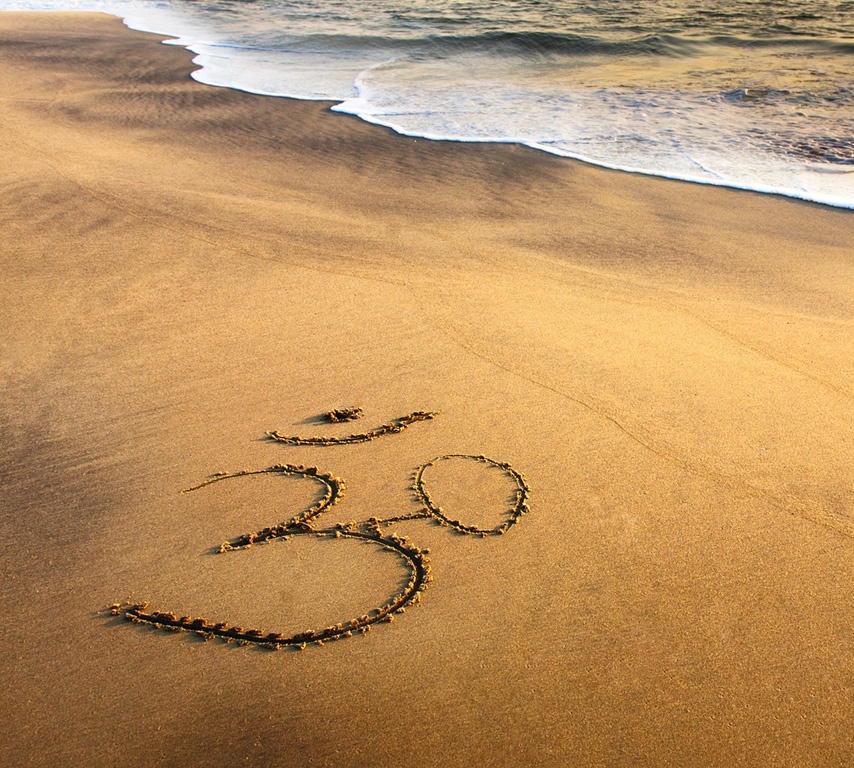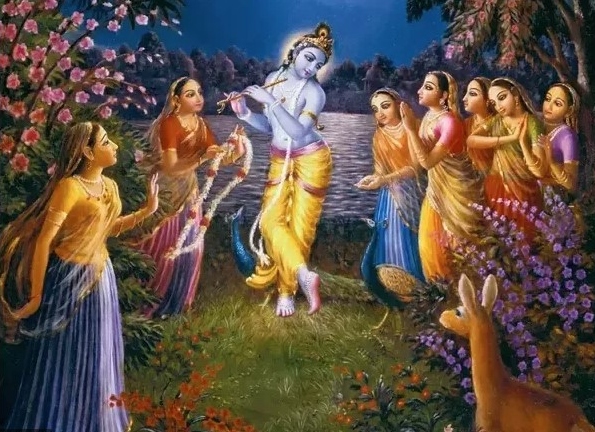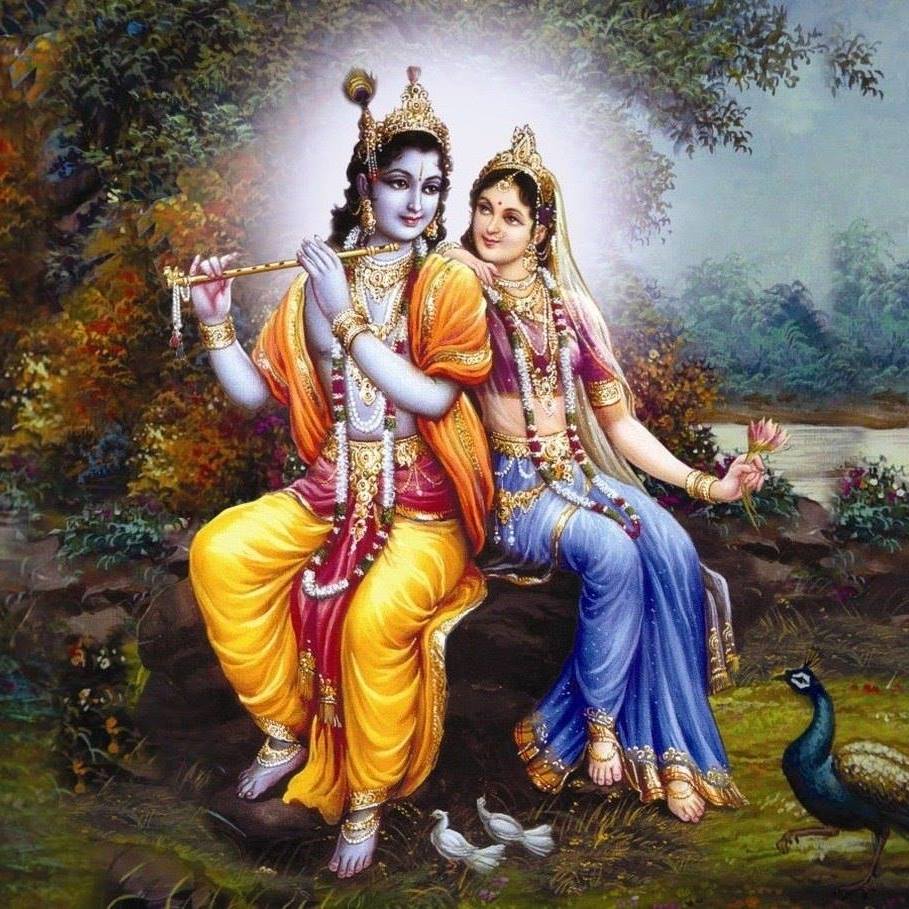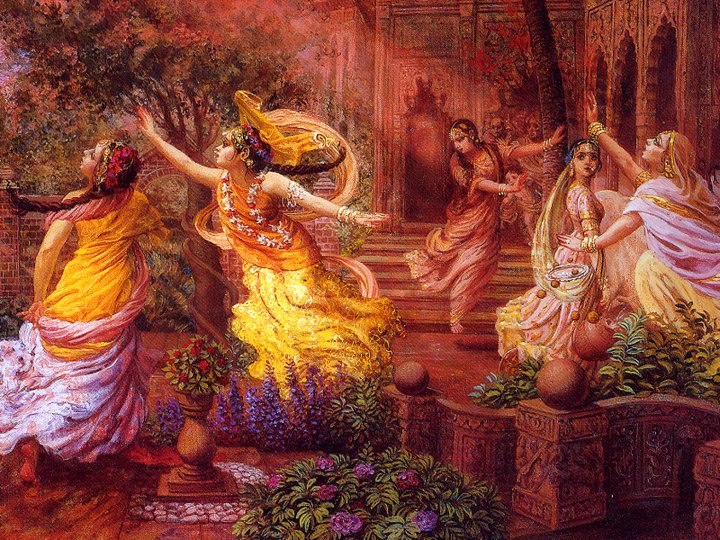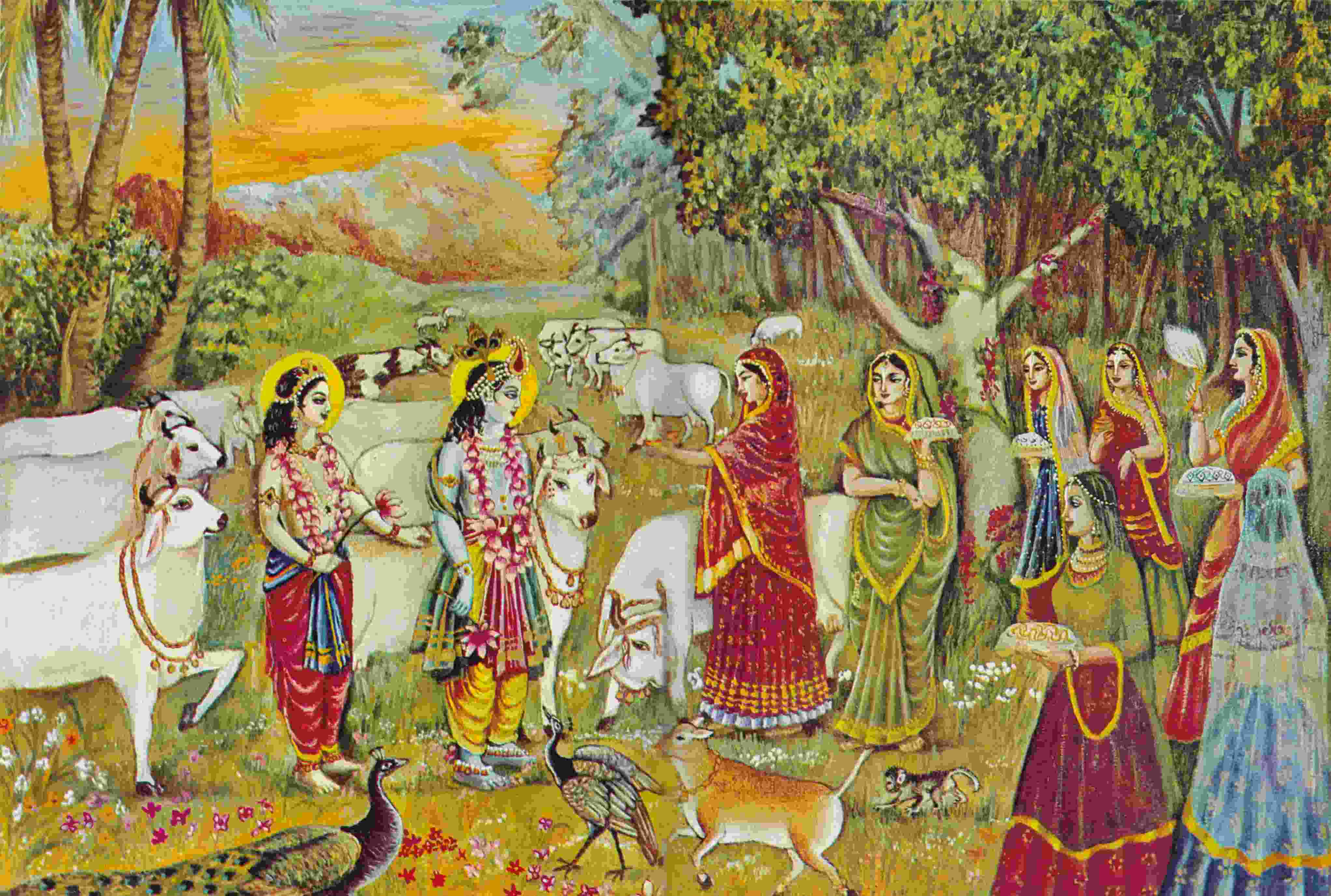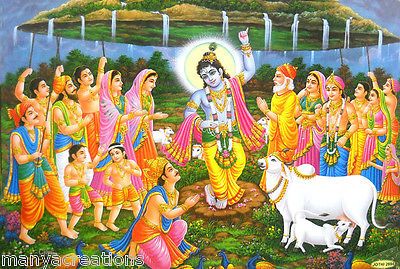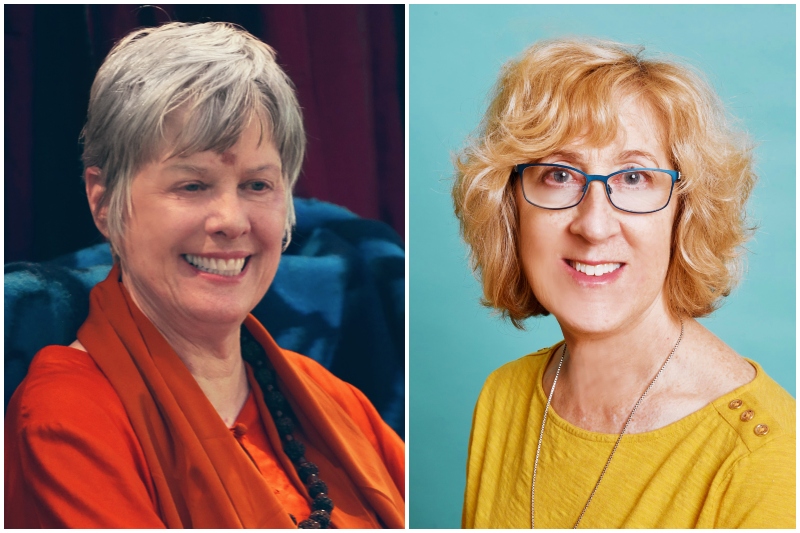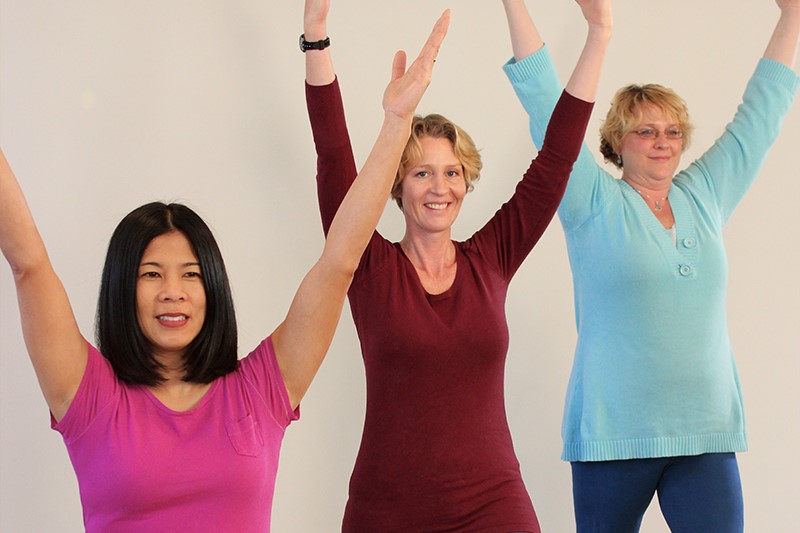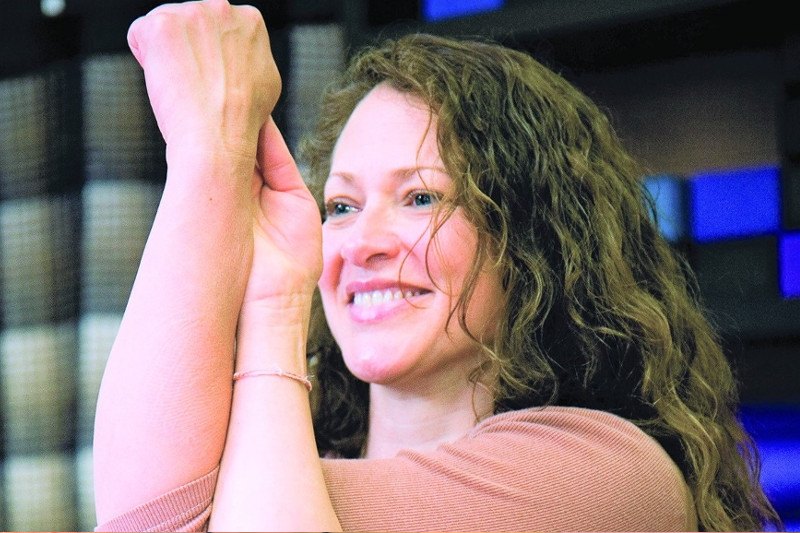Nanda and Vasudeva decided that Krishna and Balarama should be sent to school, to the gurukul. Garg Muni, their family Guru, recommended the great teacher Sandipani Muni’s ashram in what is now Madhya Pradesh. Sandipani Muni accepted the request from Nanda and Vasudeva, taking Krishna and Balarama under his wing, to study the scriptures, different arts, and warrior training and even the customs for a royal prince, as they had been born into a royal family.
Krishna got friendly with a lot of the other students in the ashram, especially with Sudama, who became his best friend. Krishna and Balarama studied well under Sandipani Muni along with other students.
Krishna and Balarama learnt everything within a span of 64 days, including fourteen types of sciences (vidya) and sixty-four skills and arts (kalas). Once they received the teachings, according to the custom, they asked their Guru what to offer as Guru Dakshina. Sandipani Muni said he would consult his wife and let them know. Knowing how powerful the boys were, his wife had a special request for them, which Sandipani Muni conveyed to them. The ask was for them to bring back their only son alive, who had drowned some time ago while having a bath in Prabhasa Tirtha. Yes, to have his son restored to life is what he wanted for Guru Dakshina.
Krishna called upon Varuna, the god of seas, inquiring about Sandipani Muni’s son. Varuna didn’t know much about the boy but remembered hearing that an asura named Pa~nchajanya, in the form of a conch, had killed the boy. Immediately Krishna and Balarama went to the ocean and found the asura. They killed him by opening his stomach. But, to their surprise, they couldn’t find the boy. Krishna kept Pa~nchajanya ever since that day as his conch.
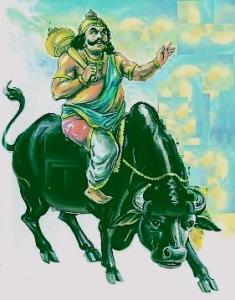 Not finding Sandipani Muni’s son, they decide to visit Yama Loka, where the god of death resides. There Krishna took his conch and made the biggest sound ever. Hearing this, Yama appeared before them. Knowing what Krishna and Balarama were looking for, and knowing who they really were, Yama gave the boy back to them. Krishna and Balarama took the boy back to Sandipani Muni, successfully finishing their studies by giving the dakshina their Guru requested. Sandipani Muni and his wife blessed both Krishna and Balarama with their highest blessings. As Sandipani Muni was so happy, he also blessed Krishna that all his teachings to the world will be equivalent to the Vedas themselves.
Not finding Sandipani Muni’s son, they decide to visit Yama Loka, where the god of death resides. There Krishna took his conch and made the biggest sound ever. Hearing this, Yama appeared before them. Knowing what Krishna and Balarama were looking for, and knowing who they really were, Yama gave the boy back to them. Krishna and Balarama took the boy back to Sandipani Muni, successfully finishing their studies by giving the dakshina their Guru requested. Sandipani Muni and his wife blessed both Krishna and Balarama with their highest blessings. As Sandipani Muni was so happy, he also blessed Krishna that all his teachings to the world will be equivalent to the Vedas themselves.
Krishna and Balarama happily returned to their families and friends in the city of Mathura. They were received with utmost welcome. The people acted as they were found the treasure for which they have been looking for decades.
Krishna decided to send a message to Vrindaavan, to his foster parents and his dear Gopiis, including his dearest Radha. He chose Uddhava, his cousin, friend and a wise counselor. Uddhava was a direct disciple of Brihaspathi (Guru of the Devas) and also the son of Devabhaga, who was the brother of Vasudeva, Krishna’s father. Uddhava was also a great devotee of Krishna. His physical appearance was so like Krishna’s that, in some instances, he was temporarily mistaken for him.
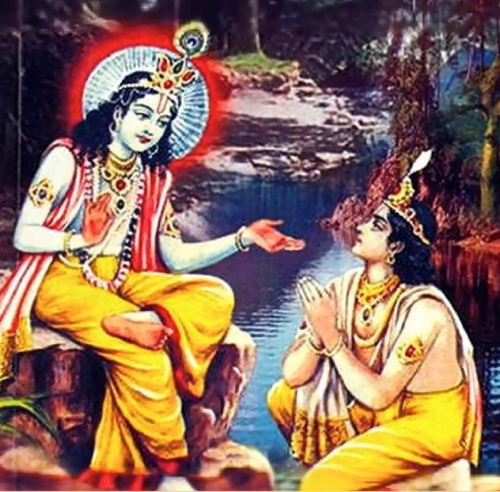 Krishna met Uddhava in a private place and requested him to visit Vrindaavan with a message on his behalf to the Gopiis and other residents of the village, who were missing his company. Krishna requested Uddhava to tell them that they should know there is no separation between him and them. As all the rivers come to the ocean, they will attain him with their continuous love, devotion and austerities. Since he was physically apart from them, they should think of him day and night, as a good wife would think about her beloved husband all the time. So for them, to forget about everything and only to meditate on him.
Krishna met Uddhava in a private place and requested him to visit Vrindaavan with a message on his behalf to the Gopiis and other residents of the village, who were missing his company. Krishna requested Uddhava to tell them that they should know there is no separation between him and them. As all the rivers come to the ocean, they will attain him with their continuous love, devotion and austerities. Since he was physically apart from them, they should think of him day and night, as a good wife would think about her beloved husband all the time. So for them, to forget about everything and only to meditate on him.
Uddhava reached there at dusk when the cows were returning home. The dust from their hooves made Uddhava’s chariot disappear in its cloudiness. Uddhava reached Nanda’s home where Nanda treated Uddhava as he would treat Krishna, delighting that Uddhava’s physical appearance was so like Krishna’s. Nanda asked Uddhava question after question. He asked whether Krishna was remembering them? He also asked whether Krishna remembered his friends and the Gopiis, Vrindaavan and Govardhana Hill? He anxiously asked whether Krishna had any plans in the near future to come and visit them all. He said that the minute he thought about Krishna, he forgot himself and got consumed by Krishna’s memories. Hearing all this from Nanda, Yashoda’s heart was yearning for Krishna. She started to sob and burst into a cry.
Uddhava was a scholar and an intellectual. He replied, “Dear ones you attained the highest honor by raising Krishna as your own. You gave all that you had to him, in the form of love, affection and devotion. Krishna is none other than Lord Vishnu himself. He will certainly come and visit you. After all you are his beloved parents.” He also reminded them that Krishna was not born only for them, he was born for the universe itself. They talked all night, until the time when the sun is going to start slowly rising.
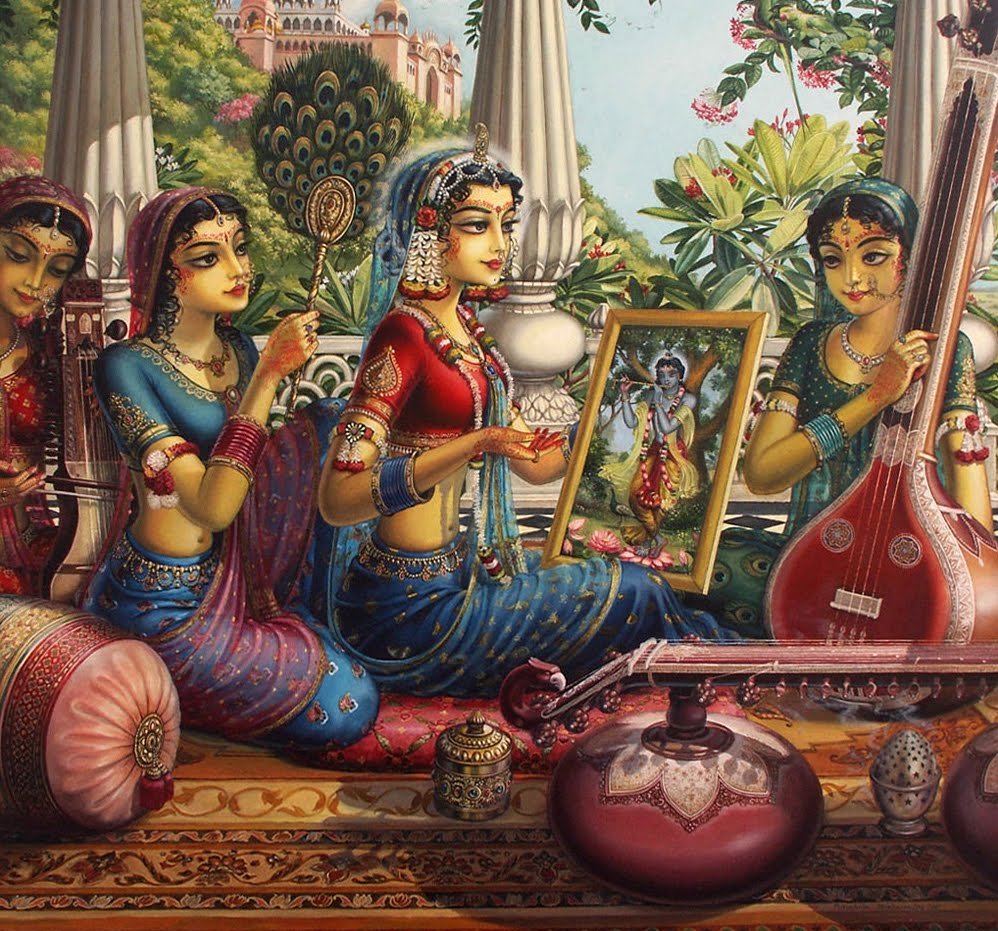 The Gopiis, always awake before the sunrise, saw the chariot in front of Nanda’s house. They feared that Akrura had returned and wondered what he would to take away from them now. As he was returning from the river, Uddhava met the Gopiis. They recognized him as Krishna’s messenger, so they started singing about Krishna’s lilas. One of them started a song teasing Uddhava, showing their anger about Krishna’s departure. Uddhava gave the teaching that they could find Krishna inside by turning their mind within. The Gopiis criticized, “When Akrura came to Vrindaavan, he took our Krishna with him. Now you are trying to take away his memories from us?” At this, Uddhava was speechless. Then he slowly and lovingly delivered Krishna’s message to think only of him.
The Gopiis, always awake before the sunrise, saw the chariot in front of Nanda’s house. They feared that Akrura had returned and wondered what he would to take away from them now. As he was returning from the river, Uddhava met the Gopiis. They recognized him as Krishna’s messenger, so they started singing about Krishna’s lilas. One of them started a song teasing Uddhava, showing their anger about Krishna’s departure. Uddhava gave the teaching that they could find Krishna inside by turning their mind within. The Gopiis criticized, “When Akrura came to Vrindaavan, he took our Krishna with him. Now you are trying to take away his memories from us?” At this, Uddhava was speechless. Then he slowly and lovingly delivered Krishna’s message to think only of him.
Uddhava was so filled by the devotion that Radha and the Gopiis had towards Lord Krishna that he stayed in Vrindaavan for the next six months. He also asked the Gopiis to be his Guru to teach love and devotion. Some say that Uddhava longed to be in Vrindaavan, even as a shrub or a vine. Thus, he would be rooted in the earth where the Gopiis lived, they who gave up everything for Krishna and Krishna alone, where their blessed feet stepped every day. They say that, even now if you are in Vrindaavan, pray for the blessing of Uddhava. He will be sure to bless you.
Uddhava returned to the city of Mathura with love and gifts from all. Then he accompanied Krishna who wanted to fulfill Sairandhri’s boon, a royal maidservant. Then, along with Balarama, they visited Akrura at his home as they promised him earlier. Akrura was delighted see them all, gave them the ultimate welcome and worshipped them with great devotion.
Krishna requested Akrura to visit Hastinapura to inquire about his cousins, the five Pandavas. Their mother Kunti had lost her husband recently, was always worried about the welfare of her sons, especially being afraid that their cousins, the Kauravas, would kill them. She had been praying to Krishna to help her sons. So, Krishna sent Akrura as a messenger, asking him to judge the situation in Hastinapura.
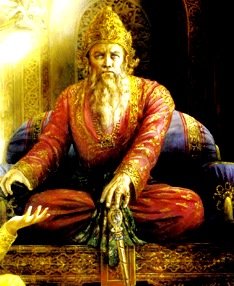 Visiting Hastinapur, Akrura realized that King Dhritarashtra was partial towards his own sons, the Kauravas, and wanted them to take over the throne. However, rightfully the throne belonged to the Pandavas, who were the sons of Pandu, Dhritarashtra’s brother. Akrura also realized that Dhritarashtra always supported his sons, even in their attempts to kill the Pandavas. Akrura indirectly advised Dhritarashtra to give up his evil plans, and to give the Pandavas the throne because it was rightfully theirs. But Dhritarashtra refused to change himself. In fact, he explained all the righteous advice that he gets doesn’t stay in his heart, as they were like lightning strikes for him. Akrura returned to Krishna and Balarama and told them about the situation in Hastinapur. This is the beginning of the great Mahabharata story. We will come back to this soon, with the full details, including the relationships and descriptions of the family and other members.
Visiting Hastinapur, Akrura realized that King Dhritarashtra was partial towards his own sons, the Kauravas, and wanted them to take over the throne. However, rightfully the throne belonged to the Pandavas, who were the sons of Pandu, Dhritarashtra’s brother. Akrura also realized that Dhritarashtra always supported his sons, even in their attempts to kill the Pandavas. Akrura indirectly advised Dhritarashtra to give up his evil plans, and to give the Pandavas the throne because it was rightfully theirs. But Dhritarashtra refused to change himself. In fact, he explained all the righteous advice that he gets doesn’t stay in his heart, as they were like lightning strikes for him. Akrura returned to Krishna and Balarama and told them about the situation in Hastinapur. This is the beginning of the great Mahabharata story. We will come back to this soon, with the full details, including the relationships and descriptions of the family and other members.
After the death of Kamsa, his two wives, Asti and Prapti, had to return to their father as they didn’t have any children to take care of them. Their father was Jarasandha, the king of Magadha. Jarasandha’s father was King Brihadratha, who was married to the twin daughters of King of Kashi, but they didn’t have any children for a long time. Though he loved both his wives and his kingdom, having no one to take his kingdom forward put him in a depressed state.
Sage Chandakaushika visited Brihadratha’s kingdom. The King served him with respect. This pleased Sage Chandakaushika very much, so he granted King Brihadratha a boon. King Brihadratha requested a son. The sage gave him a mango and ordered him to give it to one of his wives. After the sage left, as King Brihadratha was fond of both of his wives, he cut the mango in equal two halves and gave one piece to each of his beloved wives. Both of them got pregnant and the king was very happy.
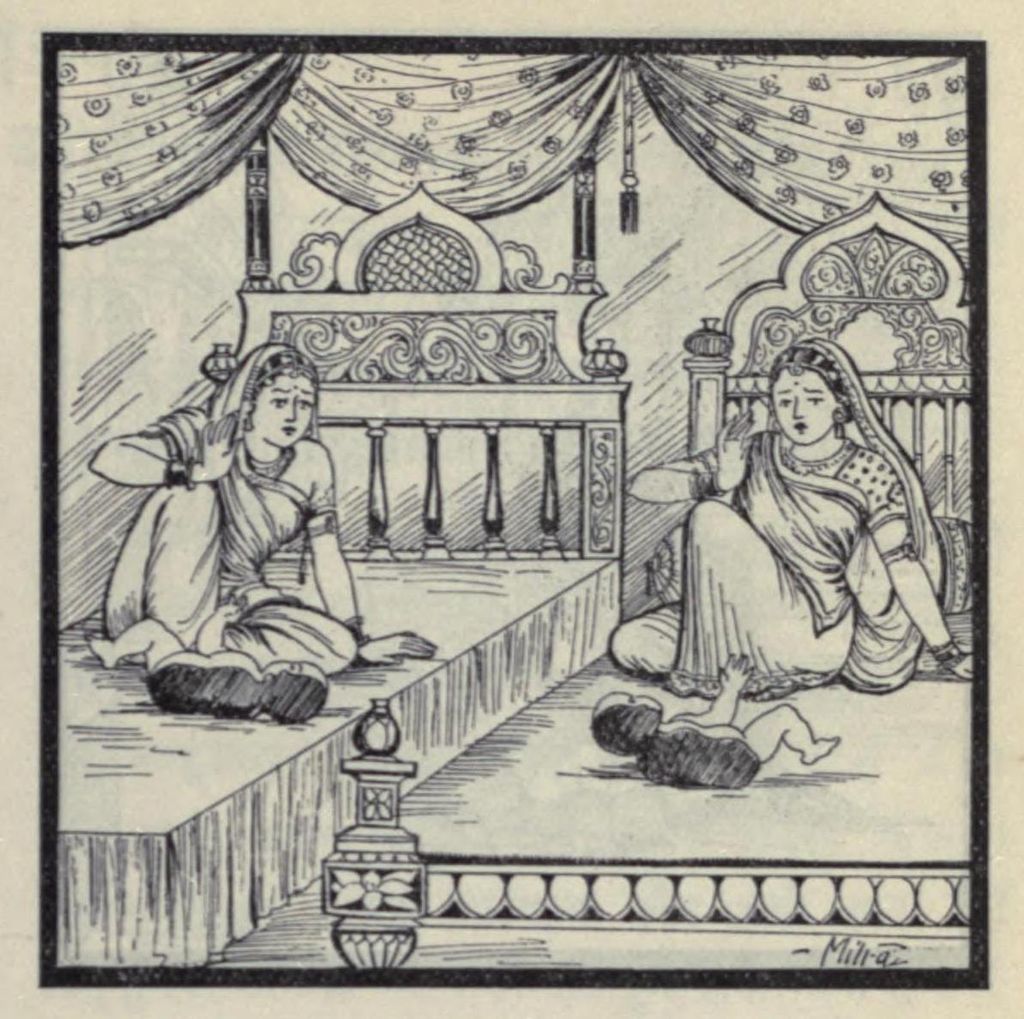 Nine months later, both his wives gave birth to a child, or rather half a child each. Seeing this, the midwives decided the two halves should be disposed of; they dumped the two lifeless pieces of flesh outside of the kingdom. There lived a demoness named Jara, who sensed the human flesh and hurried to the spot. Hoping to carry the flesh pieces home for dinner, she placed them side by side in her basket. By the time she reached home, miraculously the two haves had joined to make a complete human child. Coming to know that the human baby was really the son of the King of Magadha, she decided to take the child to the palace, wanting a great reward. The heartbroken king, who thought he had lost the child, was ecstatic to find his child alive. He rewarded Jara generously, naming the child Jarasandha in honor of Jara’s service to him.
Nine months later, both his wives gave birth to a child, or rather half a child each. Seeing this, the midwives decided the two halves should be disposed of; they dumped the two lifeless pieces of flesh outside of the kingdom. There lived a demoness named Jara, who sensed the human flesh and hurried to the spot. Hoping to carry the flesh pieces home for dinner, she placed them side by side in her basket. By the time she reached home, miraculously the two haves had joined to make a complete human child. Coming to know that the human baby was really the son of the King of Magadha, she decided to take the child to the palace, wanting a great reward. The heartbroken king, who thought he had lost the child, was ecstatic to find his child alive. He rewarded Jara generously, naming the child Jarasandha in honor of Jara’s service to him.
Jarasandha grew up to become a very powerful king and expanded the Magadha kingdom. Many other kings made an allegiance with him, making him a mighty king of that area. He married both his daughters to Kamsa of Mathura, to make his kingdom more powerful with Kamsa’s allegiance. When his daughters returned to him due to the death of Kamsa, Jarasandha was very angry. Jarasandha decided he was going to kill Krishna and annihilate the entire Yadava kula.
More to come…

